Meiosis is an extremely important type of division in the formation of life. Let’s examine together the answers we give to questions such as what exactly is meiosis, how are its stages formed, and does the number of chromosomes decrease, which we are familiar with from middle school and high school times.
Mitosis and meiosis, It is of great importance for the formation and development of living things. Any abnormality that may occur during these divisions will cause various problems. These types of divisions are necessary for the growth, recovery and reproduction of their organisms.
Today, we are interested in the adaptation of species that contribute to the adaptation of species, especially by increasing genetic diversity. meiosis We discussed the details about. Let’s take a closer look at this type of division.
Let’s start with the basics: What is meiosis?
meiosisIt is a cell division that reduces the number of chromosomes in the parent cell by half, creating four gamete cells. This division is necessary to produce egg and sperm cells during reproduction. Since the number of alleles decreases during meiosis, the union of two gametes creates a zygote with the same number of alleles as the parents. In diploid organisms, these resulting zygotes are copies of both genes.
So what is the function of meiosis?
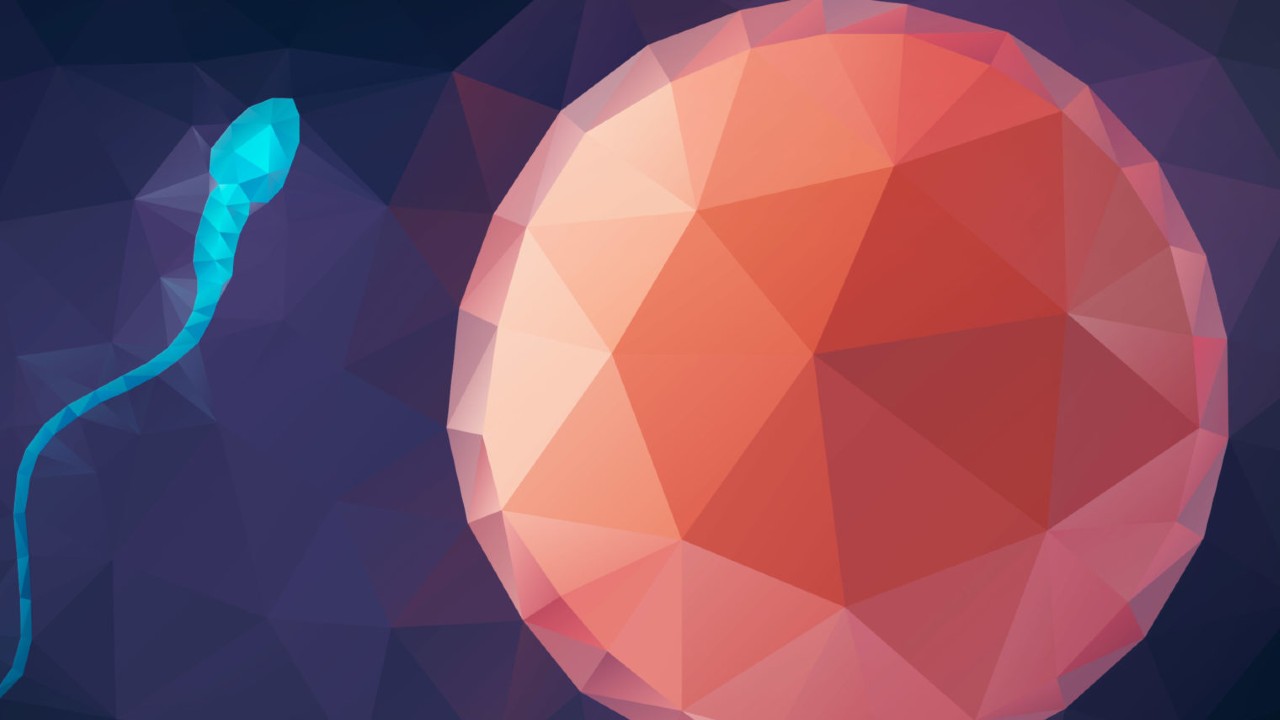
Meiosis is a type of division that is necessary for the offspring of many sexually reproducing creatures to have the same number of chromosomes as their parents. Fertilization involves two cells coming together to form a new zygote. If the number of alleles of the gene in the gametes that form this zygote is not reduced to 1, the offspring will have 4 copies of each gene, which will lead to many developmental problems.
What are the stages of meiosis?
Meiosis I stages:
- Prophase I
- Metaphase I
- Anaphase I
- Telophase I
Prophase I
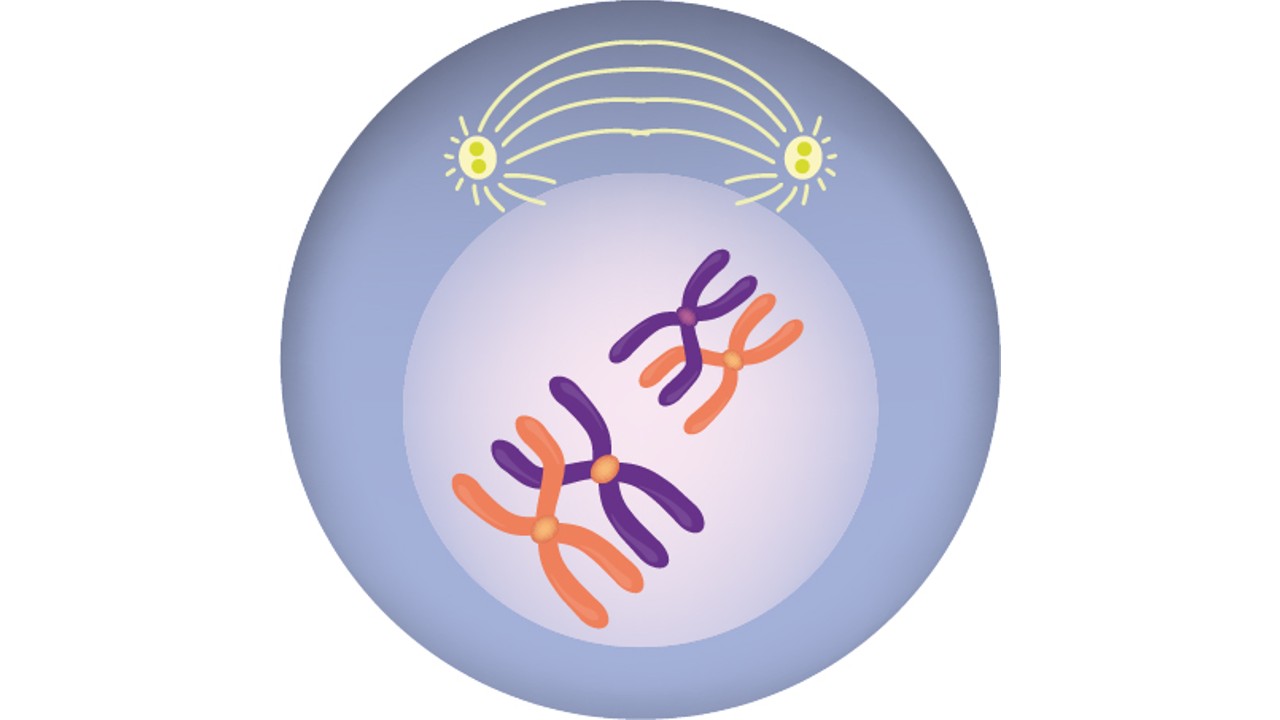
of meiosis I Prophase I, which is the first step, is similar to the prophase stage of mitosis in terms of the condensation of chromosomes and their movement towards the middle of the cell. The nuclear envelope is disrupted, and this event enables the microtubules on both sides of the cell to attach to the kinetochores on the chromosomes. Unlike mitosis, chromosomes pair with their homologous partners. At the end of this stage and the beginning of the next stage, metaphase I, these homologous chromosomes become available for crossover.
Metaphase I
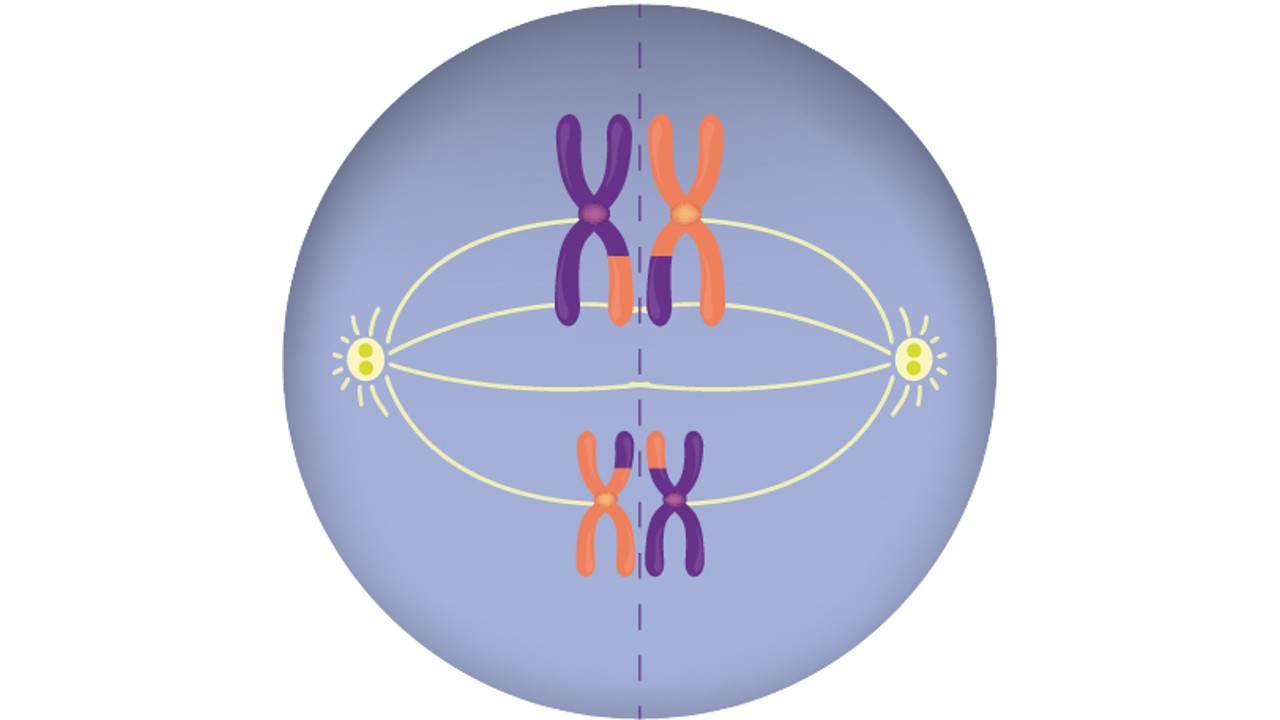
In Metaphase I, Homologous chromosomes that become available for transition line up on the metaphase plate, located near the center of the cell. These homologous chromosomes, which contain two different alleles for each gene, are arranged so that they are separated from each other. However, while these chromosomes are lined up on the metaphase plate, there is no clear information on which side the maternal and paternal chromosomes will line up.
Anaphase I
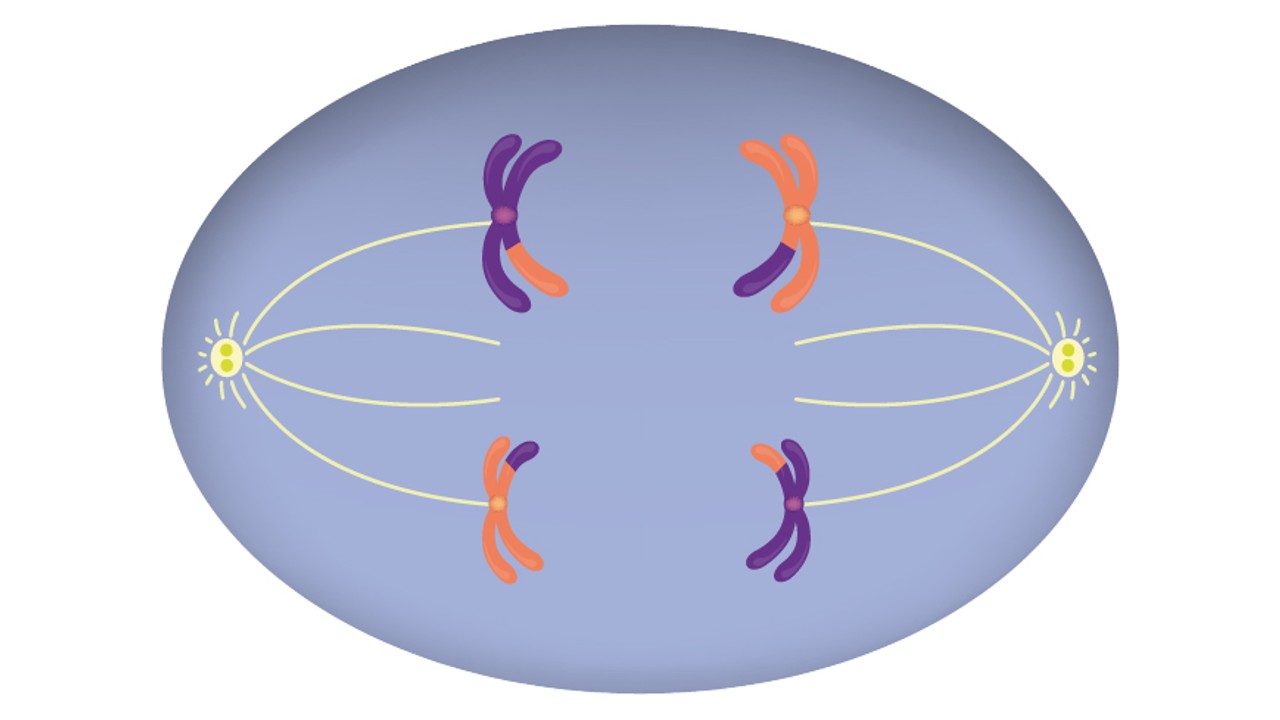
Similar to the anaphase stage in mitosis, chromosomes are now separated from each other on both sides of the cell. retreat towards the centrioles starts. However, centrosomes, which hold sister chromatids together, do not dissolve at this stage.
Telophase I
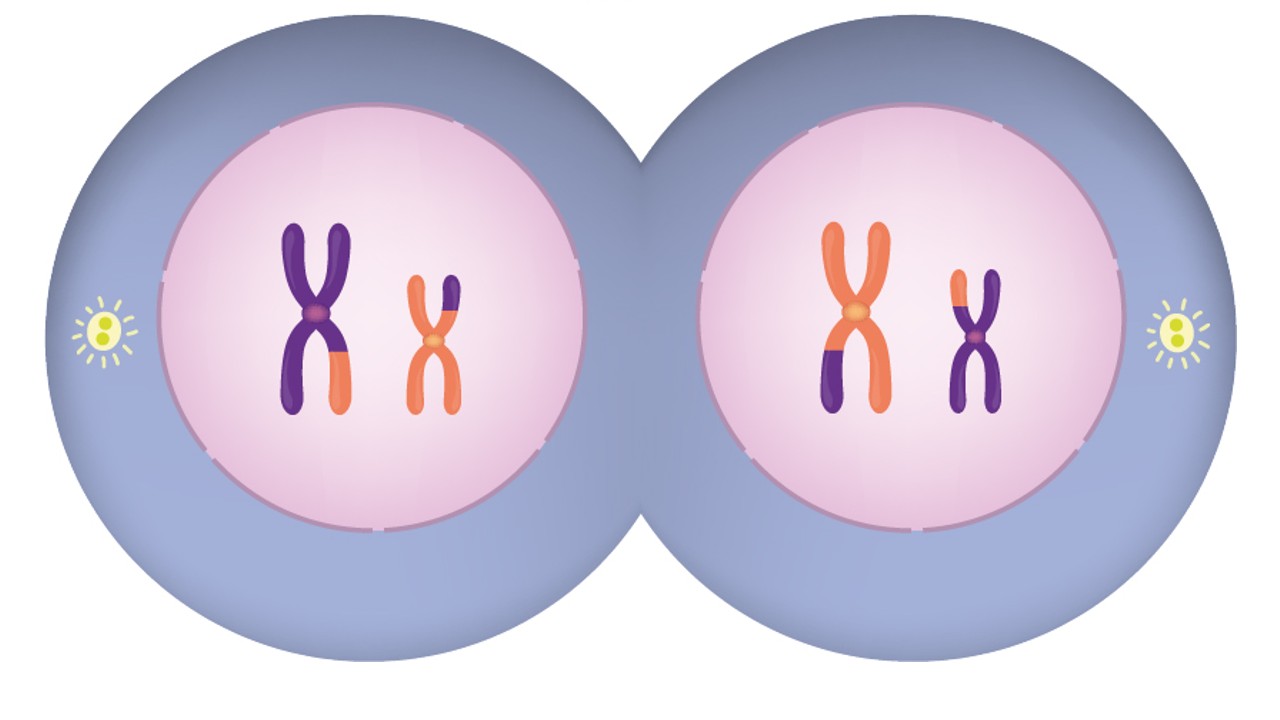
The chromosome withdrawal that started in the anaphase I phase ends and the nucleus (nuclear envelope) that was damaged in the prophase I phase is re-formed. Finally, the plasma membrane is separated by cytokinesis and two new cells occurs.
Meiosis II stages:
- Prophase II
- Metaphase II
- Anaphase II
- Telophase II
Prophase II
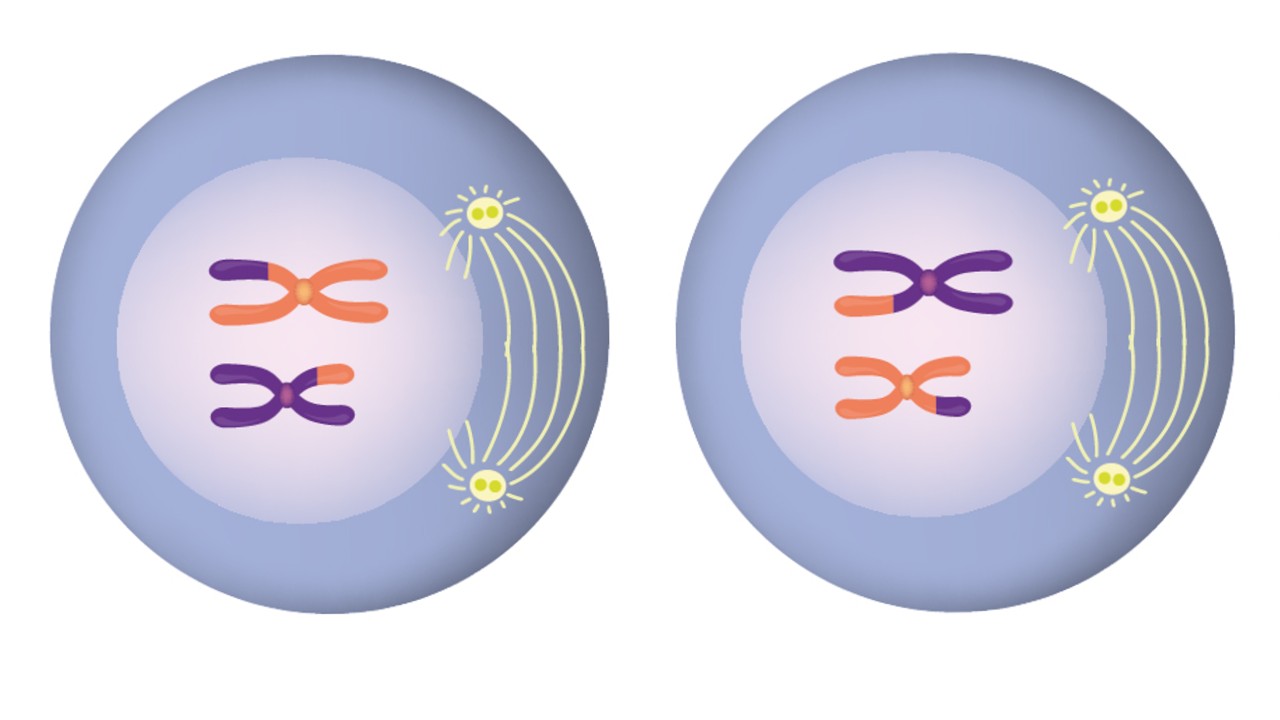
Prophase II is similar to prophase I in many respects. Nuclear envelopes disappear and centrioles begin to form. Microtubules disperse throughout the cell to attach to the kinetochores of the chromatids connected by centromeres, and finally the chromosomes are separated for the metaphase stage. to the metaphase plate begins to withdraw.
Metaphase II
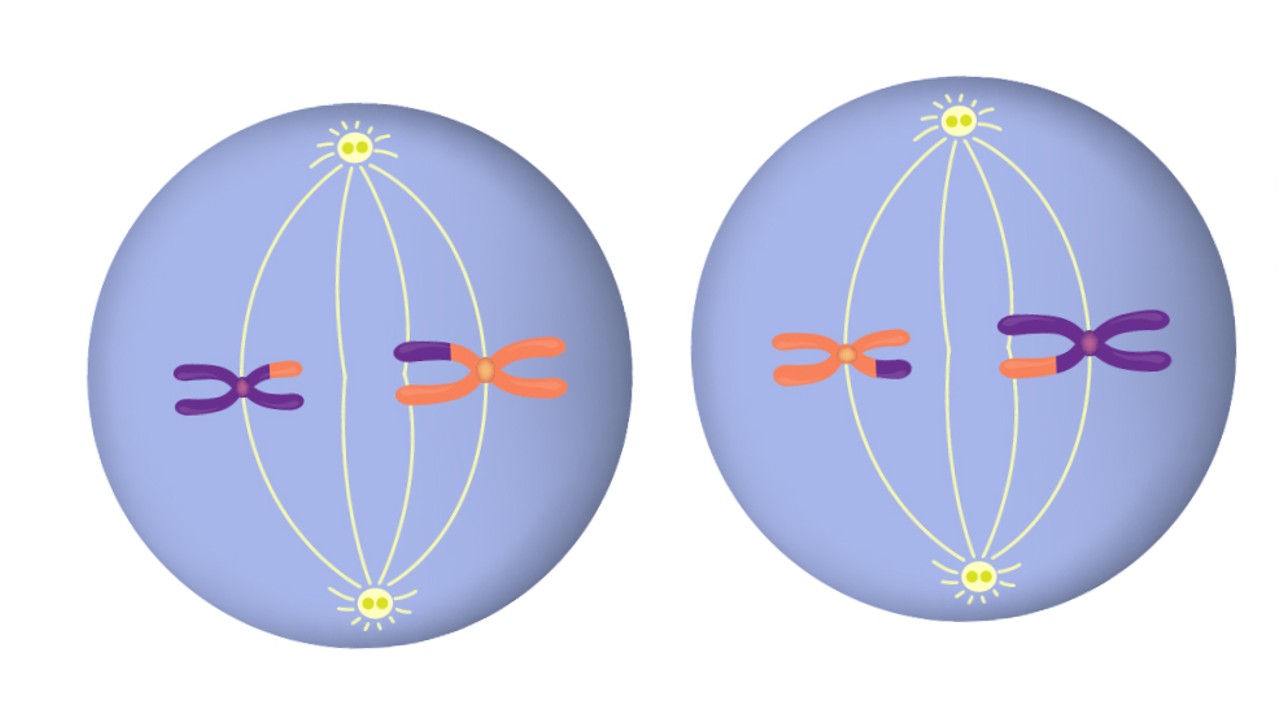
meiosis The metaphase II stage is also similar to the metaphase of mitosis, but metaphase II has only half the number of chromosomes. Chromosomes, which begin to be pulled to the metaphase plate in prophase II, align with the centromeres on the metaphase plate. At the same time, a sister chromatid is present on each side of the metaphase plate.
Anaphase II
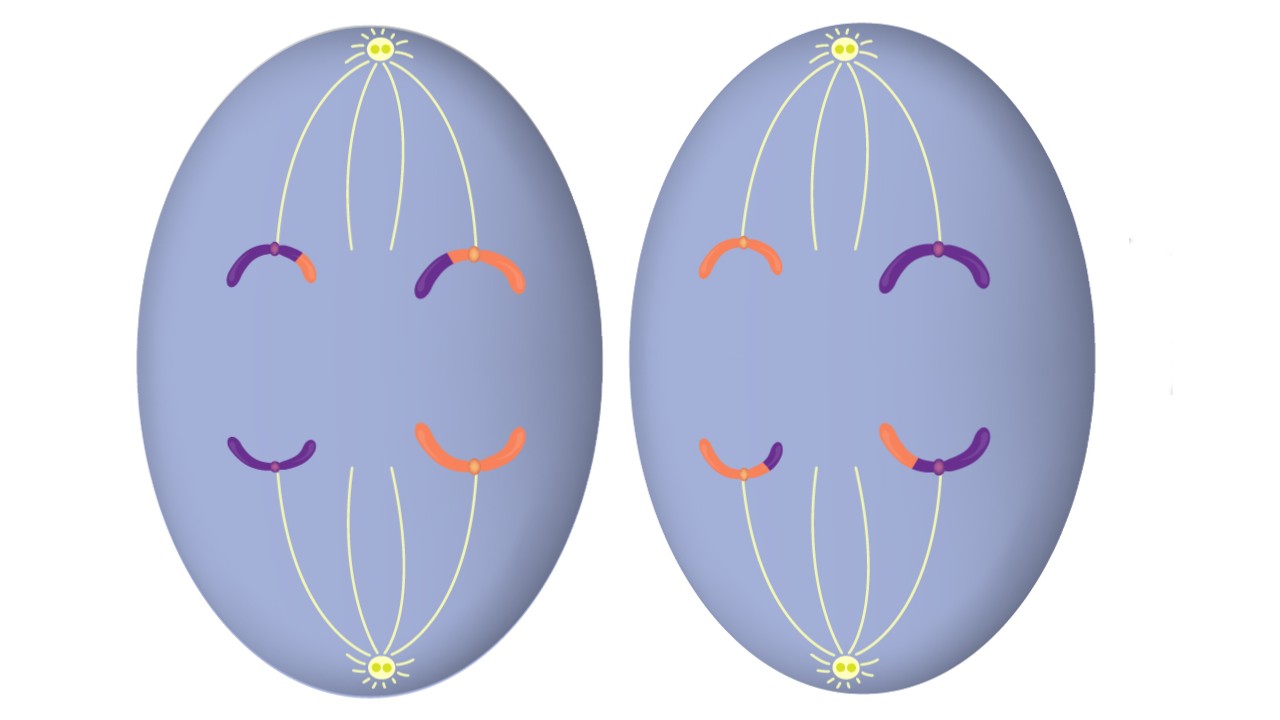
Sister chromatids at both ends of the metaphase plate separate and sister chromosomes begin to pull towards the centrioles again. At the same time, this retraction is the final division of DNA. Unlike the first split, equal division It is called, because each cell has the same amount of chromosomes at the beginning of division.
Telophase II
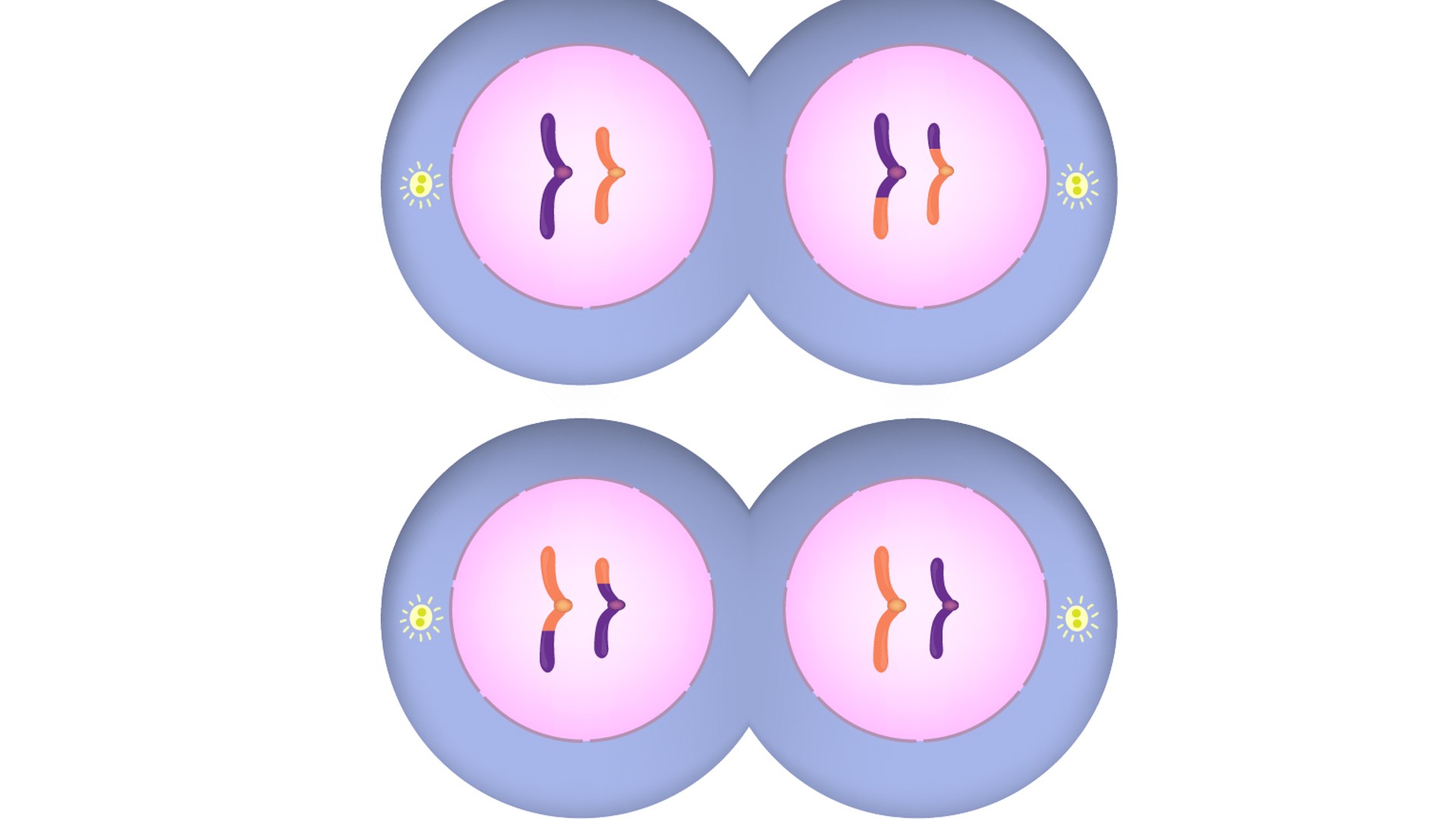
in meiosis I As in telophase I, the cell divides into two and the chromosomes are located at opposite poles of the cell. Cytokinesis, or plasma fission, occurs and new nuclear envelopes begin to form.
Important information about meiosis:
- It is a type of division that is prone to errors.
- Increases genetic diversity
- 4 cells are formed in meiosis and 2 cells are formed in mitosis
It is a type of division that is prone to errors.
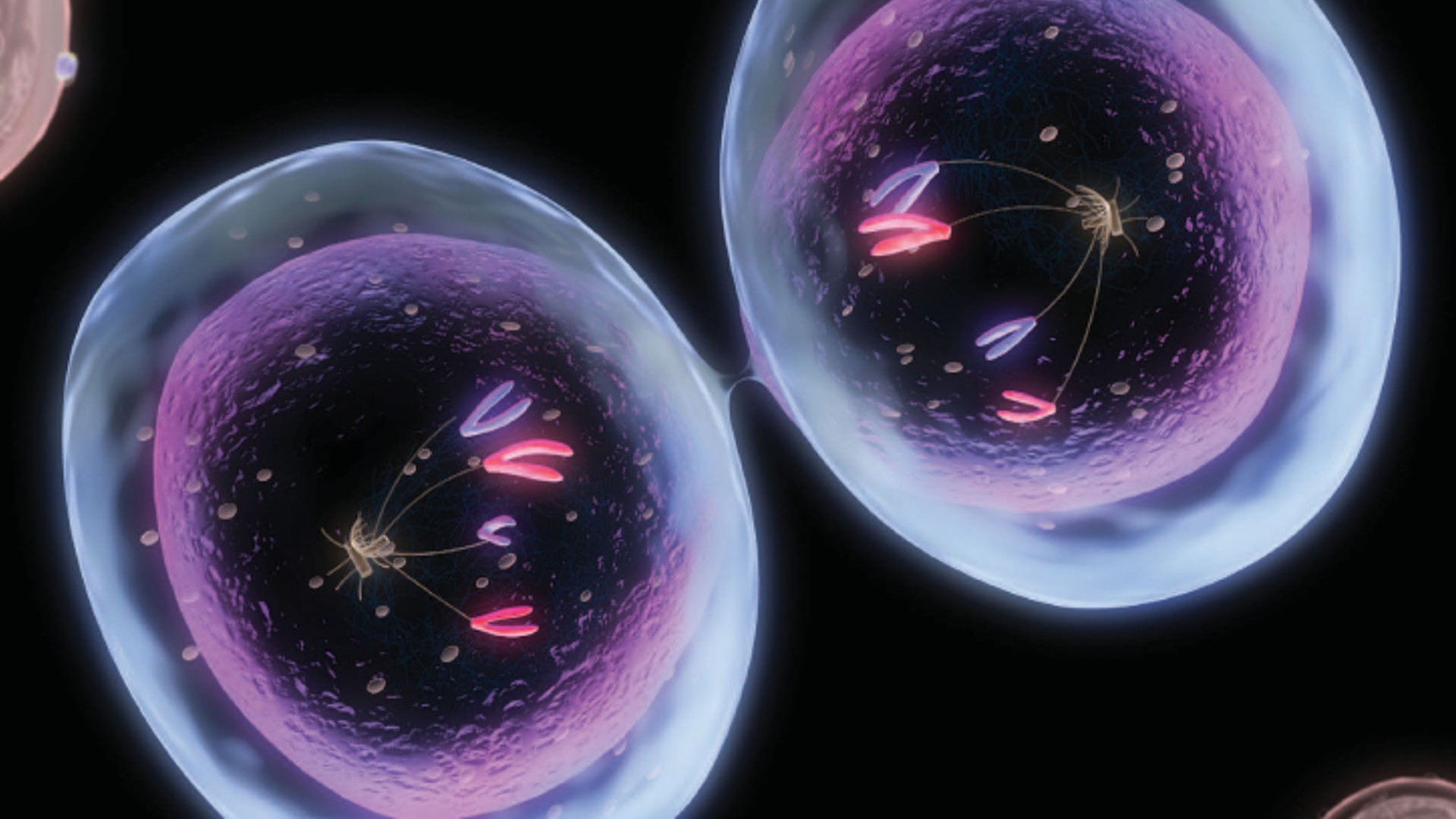
meiosis It is a type of division that is open to errors, and as a result of any error, the reproductive ability of the organism may be affected. In addition to causing infertility, abnormal meiosis can lead to the formation of gametes with characteristics that can cause various genetic problems. At the same time, from genetic disorders It is the main cause of mental abnormalities as well as congenital (positive or negative situations that can be observed during birth) abnormalities.
Increases genetic diversity
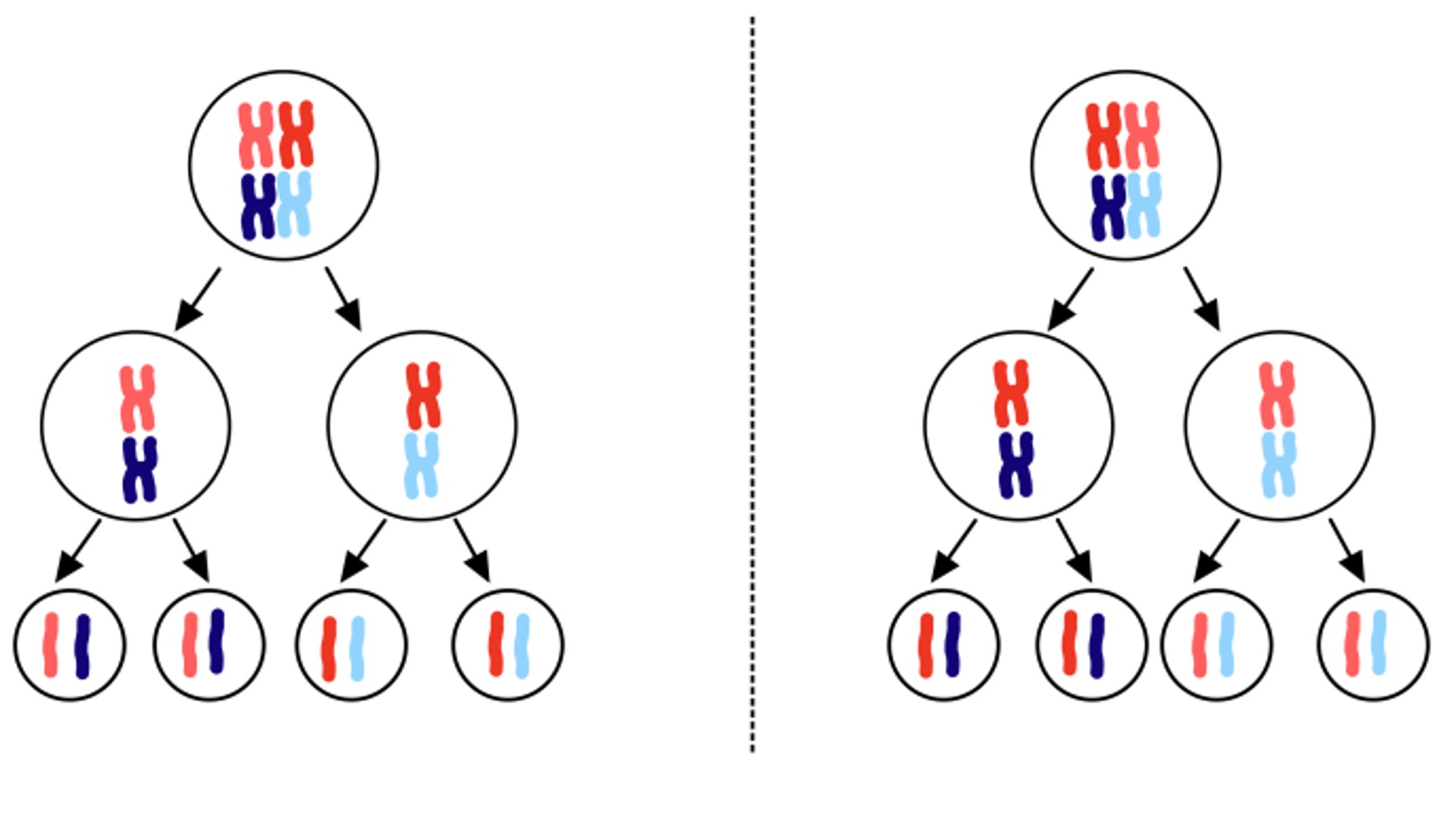
meiosisIt has an extremely important place in the formation of genetic diversity. occurring during the division process. Crossing-Over This phenomenon, called the fusion of homologous chromosomes, causes the parts of homologous chromosomes to mix together, resulting in different combinations of genes.
4 cells are formed in meiosis and 2 cells are formed in mitosis
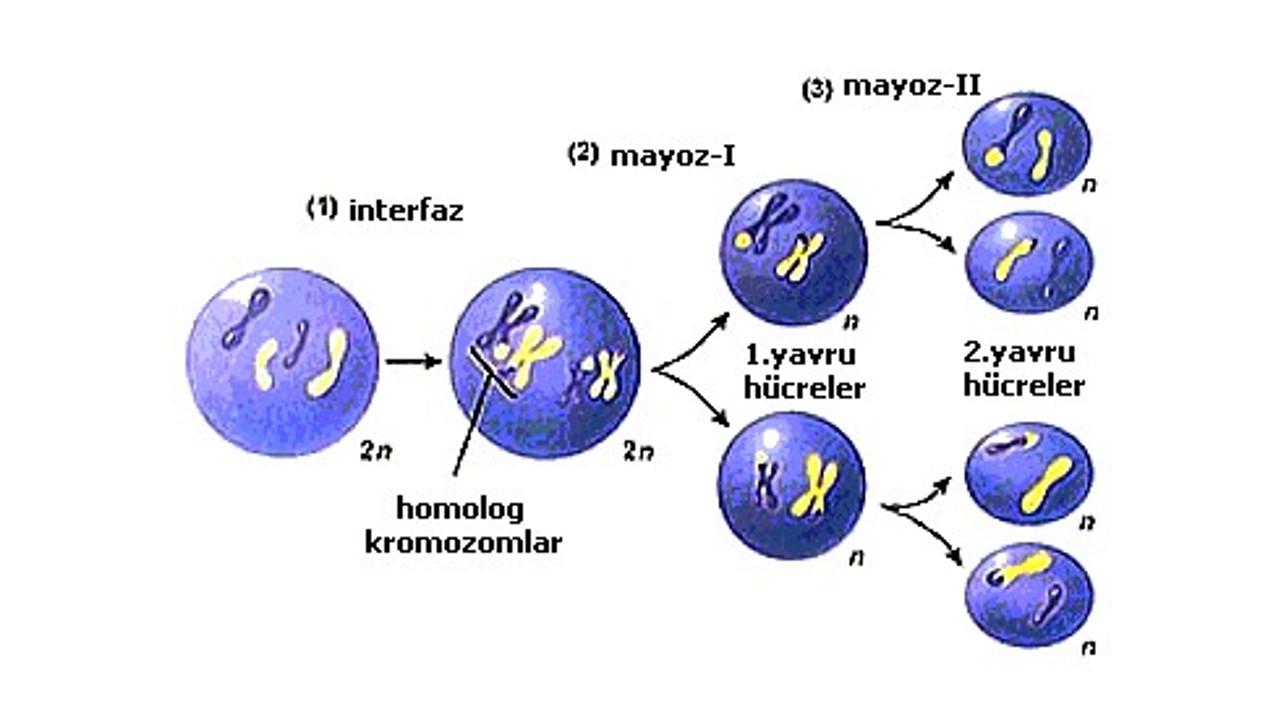
Mitosis is a type of division that results in the formation of two daughter cells, each with the same number and type of chromosomes as the parent cell. meiosis Unlike mitosis, each cell has half the number of chromosomes that the parent cell has. four daughter cells results in the formation of .
You can also read about mitosis, another subject of biology, from the link below:
RELATED NEWS
